The reforms introduce a new bonus Floor Space Ratio (FSR) of up to 30 per cent and a height bonus of up to 30 per cent where a proposal includes a minimum of 15 per cent of the gross floor area (GFA) as affordable housing.
They also allow state-owned housing agencies to build more affordable housing without needing council approvals.
To create a system that works for industry, councils, and Community Housing Providers, the Government undertook extensive consultation on the reforms to make sure that a range of views from stakeholders were considered.
The consultation raised the following key points and has resulted in the following key changes to the policy as originally proposed:
- Views were expressed that the bonuses needed to be scalable, depending on how much affordable housing can ultimately be delivered on a site. As a result, the policy has been changed so that if the full 30 percent bonus can’t be accessed (due to limits like height restrictions on the land or flight path impingement among other limiters), the bonus percentage for the amount of affordable housing can be reduced. For example, if only 20 percent of the bonus can be accessed due to site restrictions, then the number of affordable homes can be reduced to 10 percent. However, the amount of affordable housing can be no less than 10 percent. This will also make it easier for applicants to use the NSW Government’s State significant development pathway providing certainty and consistency. This change was recommended by both developers and councils.
- A range of stakeholders felt that the bonus should apply to the whole of a development, not just the residential component. This was considered particularly important for mixed use development like shop top housing. While Councils felt that the FSR bonus should only apply to the housing component on top of a shop location, the SEPP will be updated to allow the FSR bonus to apply to the whole development, not just the residential component. This is likely to deliver more affordable housing per site and encourage the uptake of the scheme in well located areas. It will also simplify the calculation of the bonus.
- Developers believed that the threshold that allows a project to be considered a State Significant Development (SSD) should be reduced from a capital investment value (CIV) of $75 million in Greater Sydney to $50 million, and $30 million in regional NSW. Councils felt that the bonuses should only apply to developments with a CIV greater than $75 million as originally proposed. While the CIV threshold will be retained at $75 million in the Greater Sydney Region, the CIV will be lowered to $30m for regions to encourage more affordable housing in regional areas.
- Amendments have also been made to ensure the bonuses are available to Build to Rent developments, by allowing them to apply in commercial zones, even if residential accommodation is prohibited under the relevant Local Environmental Plan.
- It was unclear to stakeholders if the new SEPP overruled a local Development Control Plan (DCP). The wording of the SEPP has been updated to ensure that the DCP provisions are of ‘no effect’ when there is a conflict between the DCP and the SEPP/Apartment Design Guide.
These changes and others occurred after the Government undertook a second round of consultation on the policy and draft SEPP. As part of this consultation 15 feedback sessions were held which resulted in 70 submissions from stakeholders including, peak bodies, planning professionals, developers, councils and community housing providers, which informed changes to the policy.
While the consultation has been comprehensive and a range of key changes have been made, the measures will remain under review to make sure they are achieving the intended outcomes.
Stakeholder feedback has informed how the State Environmental Planning Policy will operate and details are available here: http://planning.nsw.gov.au/housing-sepp
Minister for Planning and Public Spaces Paul Scully said:
“These reforms build on our recent housing announcements by making sure affordable housing is maximised so key workers who are the engine room of our cities can afford to live close to their jobs.
“While we want to maximise the amount of social and affordable housing in new developments, developers also need incentives to include these homes in future projects.
“The provision of affordable housing is a shared responsibility which is why the changes we have made from the consultation have tried to achieve balance, to get the best outcome for all rather than any single group.
“The large amount of consultation has been essential to make sure more affordable housing can be created. I want to thank industry, councils and other stakeholders for their support and input.”
Minister for Housing and Homelessness Rose Jackson said:
“Affordability and availability are at their lowest levels in decades. This announcement builds on our commitment to working across all levels of Government and industry to confront the housing crisis.
“We are cutting the red tape for Government owned agencies such as Land and Housing Corporation, (LAHC) Aboriginal Housing Office (AHO) and Landcom to expedite the delivery of more homes.
“These reforms are about bringing together all key delivery partners while making sure we consider the views of councils and communities, so we get high quality homes supported by the right infrastructure and amenity.”


